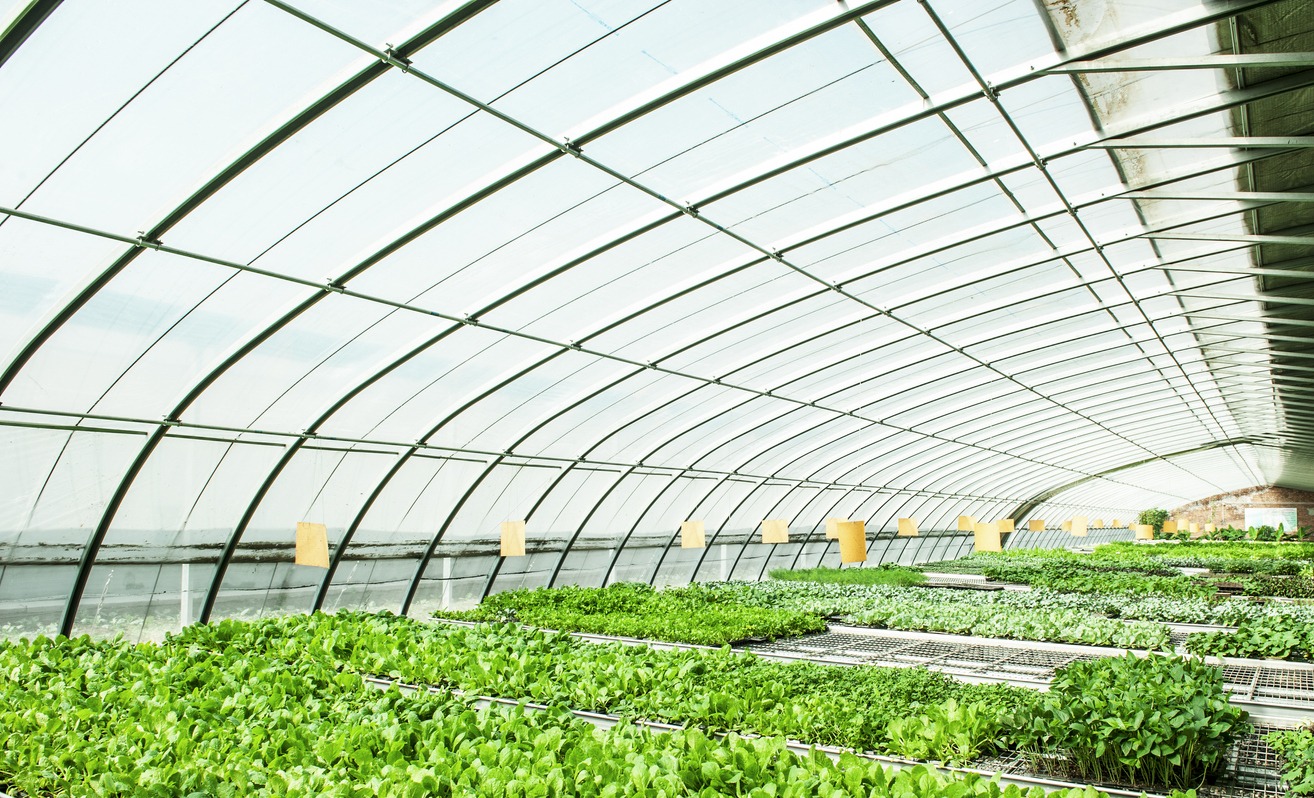Results of a new study in New York suggest that urban agriculture may not be able to provide the bevy of benefits that have excited consumers and enticed investors
Urban farming may not be the panacea for healthier, locally-grown food and bridging consumers’ disconnect from agriculture, according to a new study examining the impact of rooftop and indoor grow houses in New York City. The location has been an epicenter for the urban food movement drawing vertical farming startups like Elon Musk’s Square Roots, GV-backed Bowery Farming, and AeroFarms in neighboring New Jersey.
But in order for it to make good on its promises of providing fresher and healthier produce, as well as greater food security and food education for city dwellers, the industry may need to reassess its approach.
Analyzing 10 urban farms operating at commercial scale, the study looked at how much they are producing, who is consuming the produce, and whether there is more space to expand the operations. For the most part, the farms are churning out considerable amounts of leafy greens and herbs, and a few other items like fish.
Novel farming systems including indoor agriculture attracted 9% less funding during 2018 compared to 2017, raising $596 million across 54 deals, according to AgFunder’s 2018 AgriFood Tech Investing Report.
Criticism of the space is nothing new, with many players pointing out how difficult it would be to feed the masses from indoor farming outlets alone and asking what the future of this space might look like.
Despite the buzzkill, a number of indoor farming startups are still plowing ahead, targeting niches outside the traditional produce mass market. Square Roots has been particularly focused on tackling local food at scale, for example, an inherently difficult proposition. The outfit recently partnered with Gordon Food Services to bring Square Roots’ container farms to more locations throughout the US. And BrightFarms recently expanded its high-tech greenhouse business with three new locations, including New York.
Here are three obstacles facing NYC indoor ag operations, according to the report.
1. Are urban farms really more resource efficient?
Some urban ag operations take place outdoors on rooftops but many others operate indoors under special lights in tightly-controlled environments that control humidity, temperature, and other conditions to create an idyllic growing environment. Some operations also use water-centric hydroponic systems, while promising as much as a 95% reduction in water use.
The report questions the industry’s water use and also it’s energy use, particularly the use of LED lighting in totally enclosed indoor environments. Civil Eats concluded that a 30,000-square-foot grow house in NYC should allocate as much as $216,000 each year for its electricity and another $120,000 for HVAC costs. The report raises the question of whether focusing on small outdoor growing plots like school and community gardens would be a better way to grow food close to home without the big bills.
2. Will they ever produce something other than leafy greens and herbs?
Fresh greens that haven’t been trucked thousands of miles across the country are delicious without a doubt, but in order to provide a sufficient range of calories and nutrients, the indoor ag segment will need to expand into other segments of the produce industry, particularly if it wants to address food security. One of the potential factors driving this narrowness could be the specialized nature of indoor grow houses, where lighting, humidity, temperature, and other factors are orchestrated into “recipes” that produce perfect batches of a specific crop as quickly as possible. Optimizing a container farm for one variety of leafy greens may result in unfavorable conditions for broccoli, strawberries, or carrots, for example.
Restaurants are always pleased to offer locally-grown fresh herbs on their dishes, and indoor ag operations can often charge a pretty penny for them, but this doesn’t exactly scratch the surface of the nation’s food insecurity problem. Roughly 12% of US households were food insecure during 2017, marking a slight increase from roughly 11% in 2016, according to USDA data. And in 2009, some 2.3 million Americans without a vehicle lived over a mile from a supermarket, including 750,000 residents of New York.
Even if indoor ag can expand into other types of produce, there’s still the issue of affordability. So far, many of the products to come from urban operations are priced at a premium due to their locally grown specialty nature. The price premium may also reflect the operation’s attempt to pay those dizzying electrical bills, too.
3. Can they meaningfully expand in a city that only has room to grow upwards?
Snapping up real estate in a place like NYC is no easy feat — financially or logistically. Indoor ag operations will need to expand in order to serve a greater swath of the population, but that means they’ll first have to find more growing space.
One way to put the problem in numbers: the average price per square foot of residential property in the city that never sleeps is about $1,373, according to Trulia, and the average price-per-square-foot of condo space in Manhattan was roughly $934 in 2018.
And as more entrepreneurs get excited about farming within city limits, it will make the availability of appropriately-zoned and conveniently-located space increasingly competitive.




